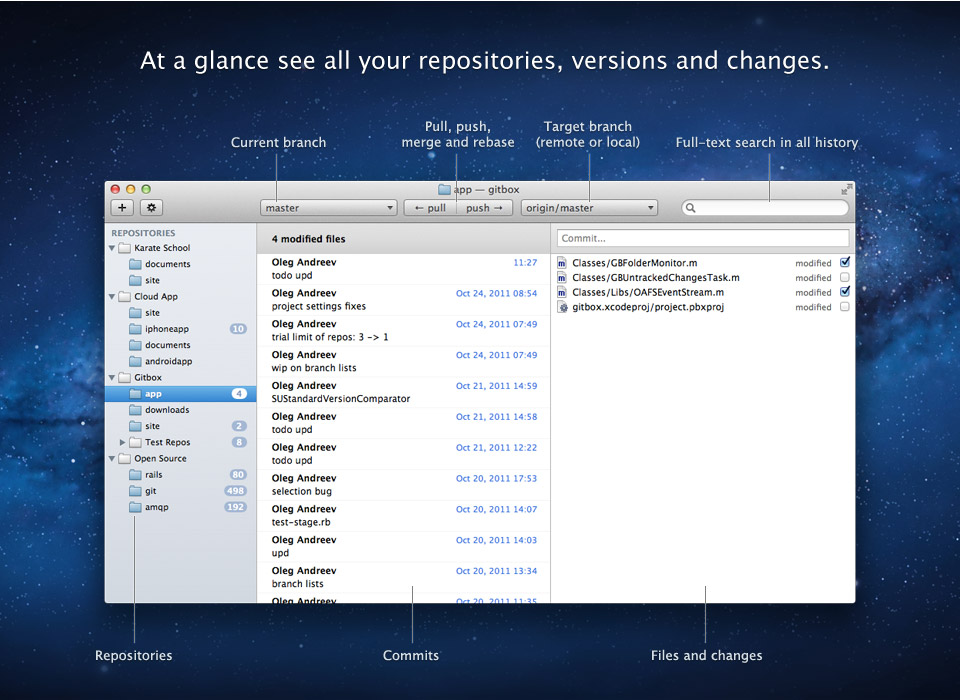Command Line Tool For Mac
You can download the Xcode command-line tools in either of two ways: To install the necessary Xcode tools using Xcode on the Mac: • Start Xcode on the Mac. • Choose Preferences from the Xcode menu. • In the General panel, click Downloads.
• On the Downloads window, choose the Components tab. • Click the Install button next to Command Line Tools. You are asked for your Apple Developer login during the install process. To install the necessary Xcode tools from the Web: You can download the Xcode command line tools directly from the developer portal as a.dmg file. • On the Mac, go to You are asked for your Apple Developer login during the install process.

• On the 'Downloads for Apple Developers' list, select the Command Line Tools entry that you want. See Also • • •.
Command Line Tool For Mac
For those also having issues with heroku command line tools after upgrading, I also had to do the following in my terminal: xcode-select --install brew install heroku/brew/heroku brew link --overwrite heroku It seems the upgrade to High Sierra messed with my symlinks in addition to forcing me to reinstall xcode tools. I kept getting 'not a directory' errors: ▸ stat /Users/mattymc/.local/share/heroku/client/bin/heroku: not a directory ▸ fork/exec /Users/mattmcinnis/.local/share/heroku/client/bin/heroku: not a directory Hope that saves someone an hour:). Itool for mac.
Mysql Command Line Tool For Mac
Starting in macOS 10.13.4, you can use the profiles command line tool to determine if a machine is enrolled into a MDM, and if user-approved MDM is enabled. To do this, run the command shown below. If the Mac does not have user-approved MDM enabled, the script reports the following: No. For most people, the Mac's OS X is all about the graphical user interface. But system administrators and power users know that the Mac's command-line interface can be a powerful time saver and, in.